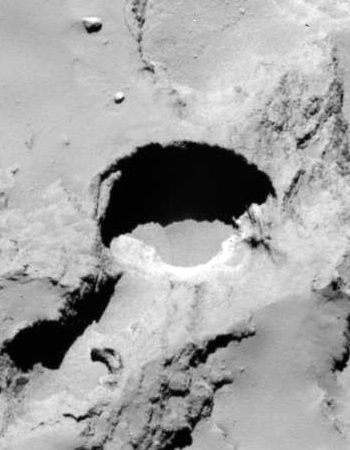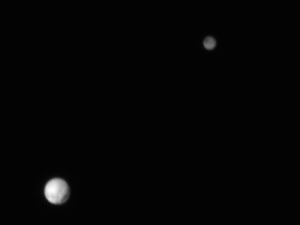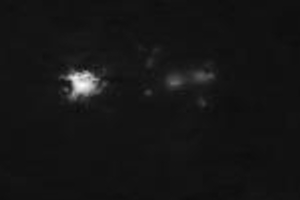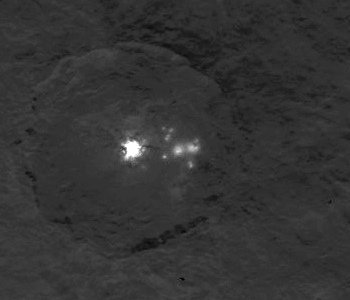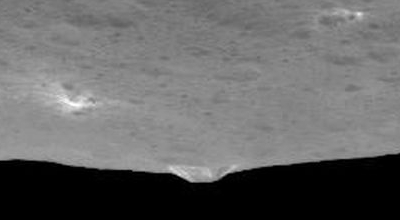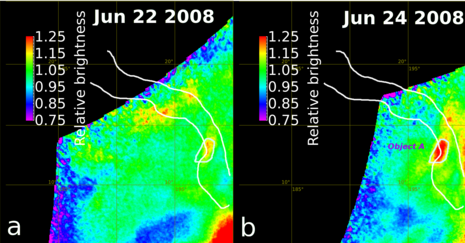TMT protesters complain about road closure
The leader of the protest that is opposing the construction of the Thirty Meter Telescope (TMT) is now complaining about the road closure imposed by Hawaii’s government that is preventing him and his followers from returning to the mountain.
“The telescope employees have been able to access the mountain every single day to go up and come back down and even we as protectors of the mountain have been given daily access to conduct pule and religious practices on the mountain,” said Kahookahi Kanuha, a member of Ku Kia’i Mauna, which hopes to keep the telescope from being built. “So, if they do deem it unsafe, it is quite irresponsible of them to allow other individuals up the mountain.”
So let me get this straight: He thinks it is wrong for the people who own or lease the mountain — who have legal right to control access — to block the protesters, but he sees nothing wrong with him going there — trespassing — and blocking access to others. What a hypocrite.
This article proves that my analysis from Tuesday is correct. The government has shut the road mainly to quietly get the protesters out of the way and let things cool down. When construction resumes, I guarantee that road access will restricted to prevent the protesters from returning and blocking the road. (Update: The quotes here from the state’s attorney general provide even further confirmation that the state will not allow protests to obstruct future access to construction crews.)
One other note: The author of the first article above uses the typical dishonest mainstream media technique of only quoting one protester, the activist leader, while claiming that “protesters” are objecting. The data in the article, however, does not document this spin. As far as I can tell, the only one complaining about the road closure is this one guy.
The leader of the protest that is opposing the construction of the Thirty Meter Telescope (TMT) is now complaining about the road closure imposed by Hawaii’s government that is preventing him and his followers from returning to the mountain.
“The telescope employees have been able to access the mountain every single day to go up and come back down and even we as protectors of the mountain have been given daily access to conduct pule and religious practices on the mountain,” said Kahookahi Kanuha, a member of Ku Kia’i Mauna, which hopes to keep the telescope from being built. “So, if they do deem it unsafe, it is quite irresponsible of them to allow other individuals up the mountain.”
So let me get this straight: He thinks it is wrong for the people who own or lease the mountain — who have legal right to control access — to block the protesters, but he sees nothing wrong with him going there — trespassing — and blocking access to others. What a hypocrite.
This article proves that my analysis from Tuesday is correct. The government has shut the road mainly to quietly get the protesters out of the way and let things cool down. When construction resumes, I guarantee that road access will restricted to prevent the protesters from returning and blocking the road. (Update: The quotes here from the state’s attorney general provide even further confirmation that the state will not allow protests to obstruct future access to construction crews.)
One other note: The author of the first article above uses the typical dishonest mainstream media technique of only quoting one protester, the activist leader, while claiming that “protesters” are objecting. The data in the article, however, does not document this spin. As far as I can tell, the only one complaining about the road closure is this one guy.


